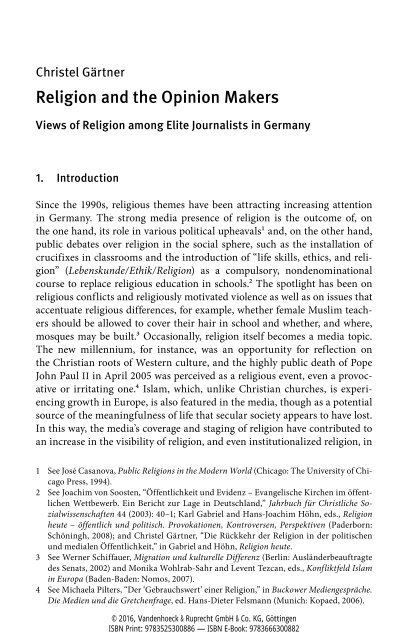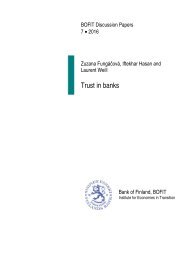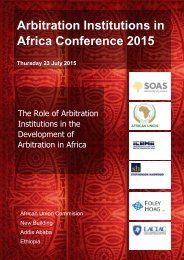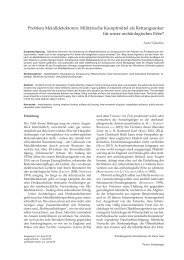Media and Minorities
9783666300882_ruhrmann_media_ebook_034247
9783666300882_ruhrmann_media_ebook_034247
You also want an ePaper? Increase the reach of your titles
YUMPU automatically turns print PDFs into web optimized ePapers that Google loves.
Christel Gärtner<br />
Religion <strong>and</strong> the Opinion Makers<br />
Views of Religion among Elite Journalists in Germany<br />
1. Introduction<br />
Since the 1990s, religious themes have been attracting increasing attention<br />
in Germany. The strong media presence of religion is the outcome of, on<br />
the one h<strong>and</strong>, its role in various political upheavals1 <strong>and</strong>, on the other h<strong>and</strong>,<br />
public debates over religion in the social sphere, such as the installation of<br />
crucifixes in classrooms <strong>and</strong> the introduction of “life skills, ethics, <strong>and</strong> religion”<br />
(Lebens kunde / Ethik / Religion) as a compulsory, nondenominational<br />
course to replace religious education in schools.2 The spotlight has been on<br />
religious conflicts <strong>and</strong> religiously motivated violence as well as on issues that<br />
accentuate religious differences, for example, whether female Muslim teachers<br />
should be allowed to cover their hair in school <strong>and</strong> whether, <strong>and</strong> where,<br />
mosques may be built.3 Occasionally, religion itself becomes a media topic.<br />
The new millennium, for instance, was an opportunity for reflection on<br />
the Christian roots of Western culture, <strong>and</strong> the highly public death of Pope<br />
John Paul II in April 2005 was perceived as a religious event, even a provocative<br />
or irritating one.4 Islam, which, unlike Christian churches, is experiencing<br />
growth in Europe, is also featured in the media, though as a potential<br />
source of the meaningfulness of life that secular society appears to have lost.<br />
In this way, the media’s coverage <strong>and</strong> staging of religion have contributed to<br />
an increase in the visibility of religion, <strong>and</strong> even institutionalized religion, in<br />
1 See José Casanova, Public Religions in the Modern World (Chicago: The University of Chicago<br />
Press, 1994).<br />
2 See Joachim von Soosten, “Öffentlichkeit und Evidenz – Evangelische Kirchen im öffentlichen<br />
Wettbewerb. Ein Bericht zur Lage in Deutschl<strong>and</strong>,” Jahrbuch für Christliche Sozialwissenschaften<br />
44 (2003): 40–1; Karl Gabriel <strong>and</strong> Hans-Joachim Höhn, eds., Religion<br />
heute – öffentlich und politisch. Provokationen, Kontroversen, Perspektiven (Paderborn:<br />
Schöningh, 2008); <strong>and</strong> Christel Gärtner, “Die Rückkehr der Religion in der politischen<br />
und medialen Öffentlichkeit,” in Gabriel <strong>and</strong> Höhn, Religion heute.<br />
3 See Werner Schiffauer, Migration und kulturelle Differenz (Berlin: Ausländerbeauftragte<br />
des Senats, 2002) <strong>and</strong> Monika Wohlrab-Sahr <strong>and</strong> Levent Tezcan, eds., Konfliktfeld Islam<br />
in Europa (Baden-Baden: Nomos, 2007).<br />
4 See Michaela Pilters, “Der ‘Gebrauchswert’ einer Religion,” in Buckower Mediengespräche.<br />
Die Medien und die Gretchenfrage, ed. Hans-Dieter Felsmann (Munich: Kopaed, 2006).<br />
© 2016, V<strong>and</strong>enhoeck & Ruprecht GmbH & Co. KG, Göttingen<br />
ISBN Print: 9783525300886 — ISBN E-Book: 9783666300882







